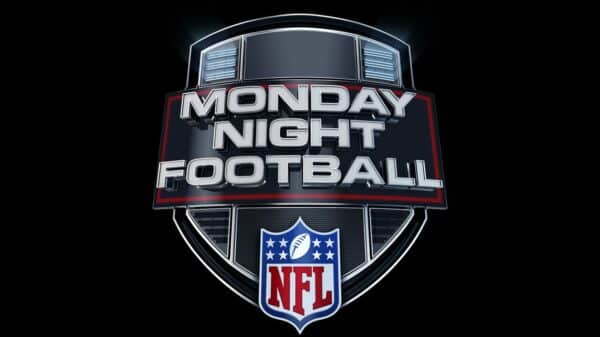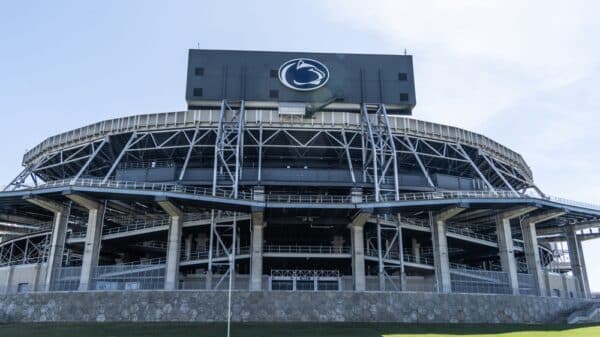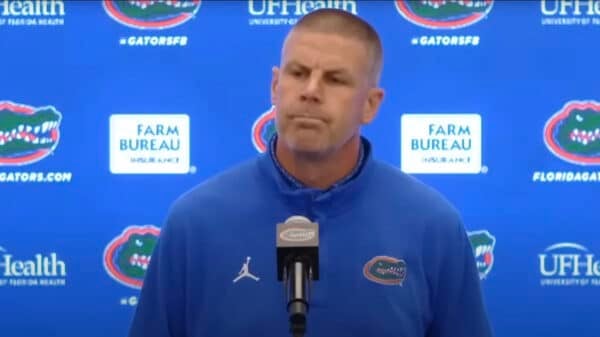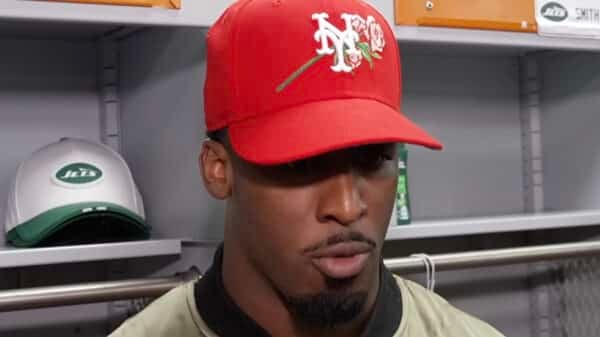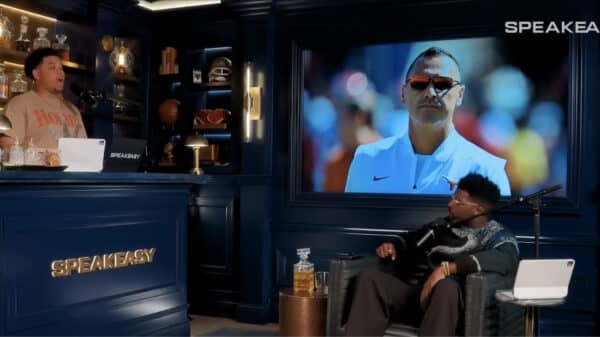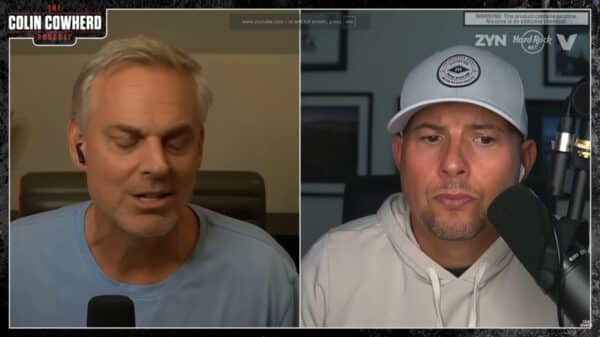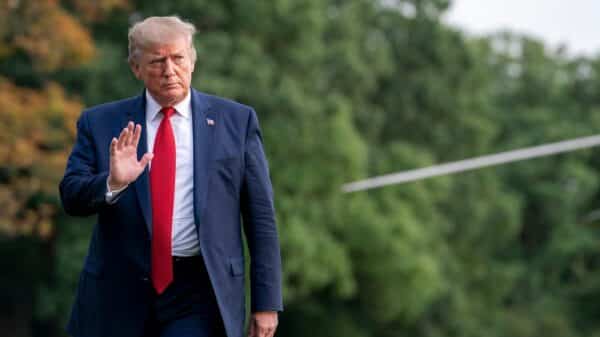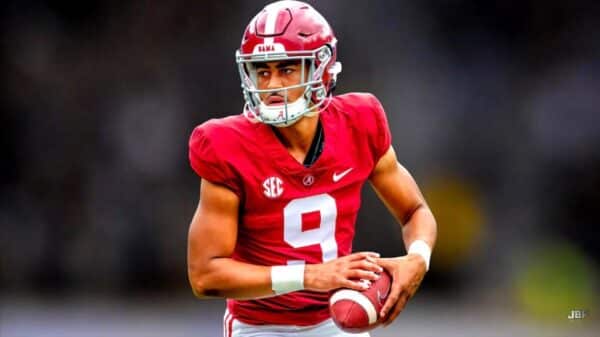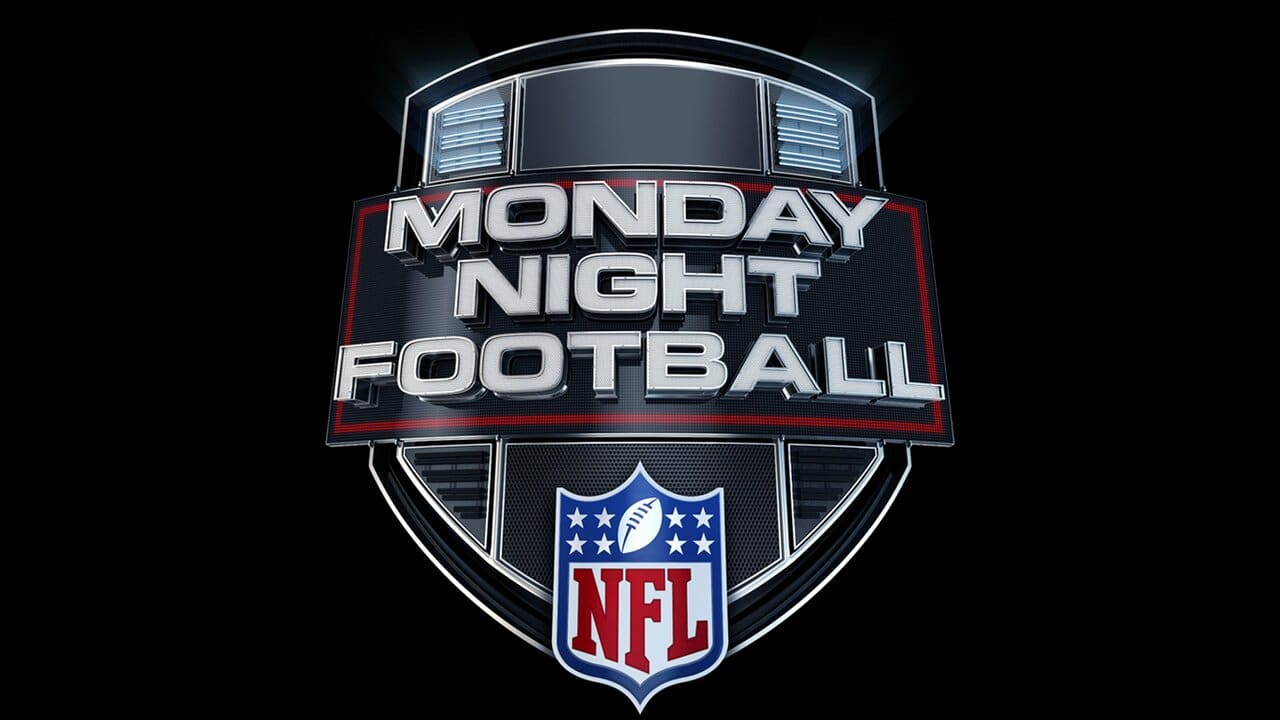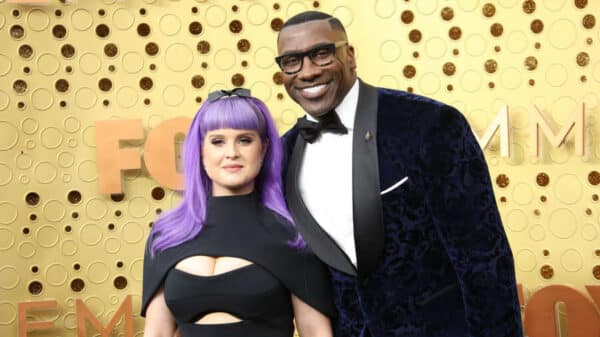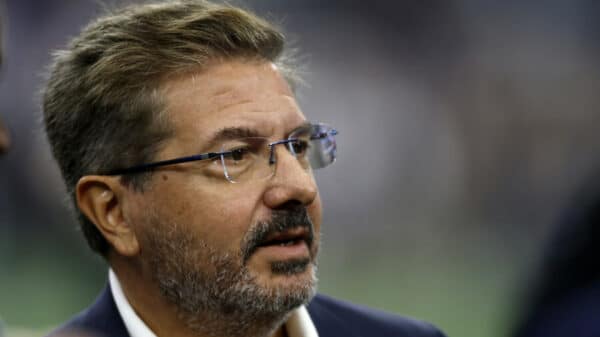In recent days, NFL enthusiasts found themselves in a frustrating position as Jacoby Brissett led the Arizona Cardinals in a pivotal Monday night clash against the Dallas Cowboys, a game many fans couldn’t watch due to an ongoing battle between Disney and Google. The situation shows little sign of resolution, leaving viewers disappointed.
Current State of the Dispute
The Sports Business Journal reports that Disney and Google are significantly apart in negotiations, primarily regarding pricing. This dispute escalated when Disney removed its channels from YouTube TV on October 30. Google is aiming to pay the same rates as its key competitors, such as Charter/Spectrum and Comcast, even though it has a smaller subscriber base. This disparity has created challenges for both companies in aligning their business interests.
Impact on Consumers
The fallout from this dispute is noteworthy, especially for consumers. Fans were unable to tune into ESPN’s “College GameDay” during the preceding weekend, even though alternative viewing options were made available through the ESPN app and social media channels. The lack of access extended to live game broadcasts, creating significant frustration among football fans on both Saturday and Monday nights.
YouTube TV Statement
On October 30, YouTube TV issued a statement highlighting the outcome of the negotiations: “Despite our best efforts, we have not been able to reach a fair deal, and starting today, Disney programming will not be available on YouTube TV. This means channels such as ABC and ESPN, along with recordings from these networks, will be inaccessible.” This declaration underscored the impact of the negotiations on subscribers eager to watch their favorite sports content.
Disney’s Response
In a similar fashion, Disney voiced its concerns by stating, “Unfortunately, Google’s YouTube TV has chosen to deny their subscribers the content they value most by refusing to pay fair rates for our channels, including ESPN and ABC.” They emphasized that without a new agreement, fans would miss out on a treasure trove of key sporting events, including pivotal matchups in the NFL and NCAA football.
Industry Trends and Historical Context
This kind of contractual dispute is nothing new. Television providers have a history of conflicts over pricing, often at the expense of consumers. Past episodes involving Dish Network and DirecTV illustrate a recurring pattern where customers bear the brunt of corporate disagreements. This recent dispute is a poignant reminder of how fans can be sidelined during negotiations that stretch on without resolution.
Market Influence and Subscriber Frustration
One of the focal points of Disney’s argument is Google’s considerable market power, which it views as a barrier to fair negotiations. Disney claims that Google is leveraging its $3 trillion market cap to drive down industry standards, which could set a worrying precedent for future negotiations. As the rift continues, the frustration among YouTube TV subscribers is palpable, accentuating the disconnect between corporate dealings and consumer experience.
Conclusion: The showdown between Disney and Google underscores a broader trend in the media landscape, where corporate interests often clash, leaving fans in the dark. Until a resolution is reached, viewers will remain unable to access beloved programming, highlighting the need for greater transparency and equity in negotiations that ultimately shape the viewing experience for millions.

